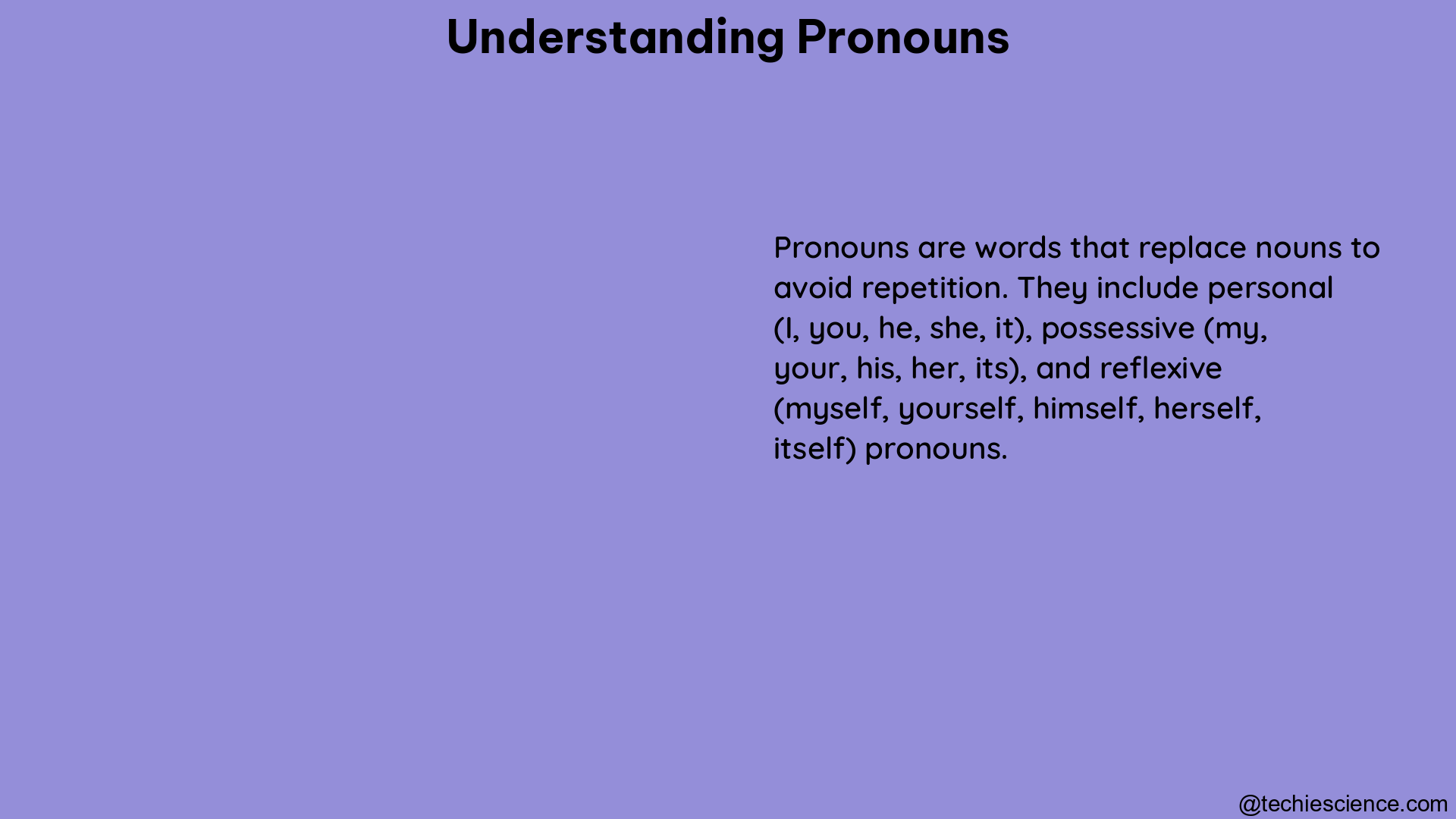Pronouns are an essential part of language, used to refer to individuals and their identities. This comprehensive guide delves into the intricacies of pronouns, providing advanced details and practical examples to help you navigate the nuances of this important linguistic tool.
What are Pronouns?
Pronouns are words that substitute for nouns, allowing us to refer to people, objects, and concepts without constantly repeating their names. In the context of gender identity, pronouns are the words used to refer to an individual, such as “she/her/hers,” “he/him/his,” “they/them/theirs,” and “ze/zir/zirs.” These pronouns are crucial for respecting an individual’s identity and creating an inclusive environment.
Importance of Using Correct Pronouns

Using an individual’s correct pronouns is a simple yet powerful way to show respect and create a safe, inclusive space. Misgendering, or using the wrong pronouns, can be hurtful and invalidating, even if unintentional. By consistently using someone’s preferred pronouns, you demonstrate your understanding and acceptance of their identity.
Types of Pronouns
- Gendered Pronouns:
- He, Him, His: These pronouns are often used to refer to men, but they can also be used for individuals who identify as male or masculine-aligned.
- Example: “Tyler said he is going to Carson for brunch.”
- Example: “Robin told me that his favorite class was history.”
- Example: “That pen belongs to him.”
-
She, Her, Hers: These pronouns are often used to refer to women, but they can also be used for individuals who identify as female or feminine-aligned.
- Example: “Terry called me to say that she is signing up for the LGBTQ Cohort.”
- Example: “That book belongs to her.”
-
Gender-Neutral Pronouns:
- They, Them, Theirs: These pronouns are used to refer to individuals without assuming their gender. They can be used for a single person or a group.
- Example: “The student said they completed the assigned homework.”
- Example: “That book belongs to them.”
- Ze, Zir, Zirs: These are alternative gender-neutral pronouns that some individuals may use. They are less common than they/them, but it’s important to respect their use if someone specifies these as their pronouns.
- Example: “Ze is going to the store.”
- Example: “Zir book is on the table.”
Asking for Pronouns
When interacting with someone for the first time, it’s important to ask for their pronouns respectfully. There are a few ways to approach this:
- Private Inquiry: Ask the person privately, away from others, to avoid putting them on the spot or unintentionally “outing” them.
-
Example: “What pronouns do you use?”
-
Modeling Sharing Pronouns: When introducing yourself, share your own pronouns first to set a welcoming tone and encourage others to do the same.
- Example: “My name is Taylor, and I use she/her pronouns. I invite you to share your own pronouns during introductions, though sharing is not required.”
When Pronouns Are Unknown
In situations where you’re unsure of someone’s pronouns, there are a few strategies you can use:
- Use the Person’s Name: If you’re unsure of someone’s pronouns, use their name instead of a pronoun.
-
Example: “The student said they completed the assigned homework.”
-
Use Gender-Inclusive Pronouns: As a default, use the gender-neutral “they/them” pronouns if you’re unsure of someone’s pronouns.
- Example: “The student said they completed the assigned homework.”
Mistakes and Misgendering
Mistakes happen, and it’s important to handle them with care and respect. If you accidentally use the wrong pronoun, follow these steps:
- Apologize and Correct: Immediately apologize and use the correct pronoun.
-
Example: “Sorry, they are one of my science students.”
-
Take Accountability: Acknowledge your mistake and continue using the correct pronoun.
- Example: “Thank you, they are one of my science students.”
Additional Tips
-
Provide Opportunities to Share Pronouns: Offer frequent opportunities for people to share their pronouns, but don’t require it. This creates a welcoming environment.
-
Make Support Visible: Include “pronoun:” under “name:” in name tags, introductions, and other materials to make pronouns visible and normalize the practice.
References
- Understanding Pronouns | Division of Student Life. (n.d.). Retrieved from https://studentlife.uoregon.edu/pronouns
- Understanding Gender Identity and Pronouns – Diversity Resources. (2023, October 3). Retrieved from https://www.diversityresources.com/understanding-gender-identity-and-pronouns/
- Understanding Pronouns – LGBT Life Center. (n.d.). Retrieved from https://lgbtlifecenter.org/pronouns/
By understanding the nuances of pronouns and how to use them respectfully, you can create a more inclusive and welcoming environment for individuals of all gender identities.

The lambdageeks.com Core SME Team is a group of experienced subject matter experts from diverse scientific and technical fields including Physics, Chemistry, Technology,Electronics & Electrical Engineering, Automotive, Mechanical Engineering. Our team collaborates to create high-quality, well-researched articles on a wide range of science and technology topics for the lambdageeks.com website.
All Our Senior SME are having more than 7 Years of experience in the respective fields . They are either Working Industry Professionals or assocaited With different Universities. Refer Our Authors Page to get to know About our Core SMEs.